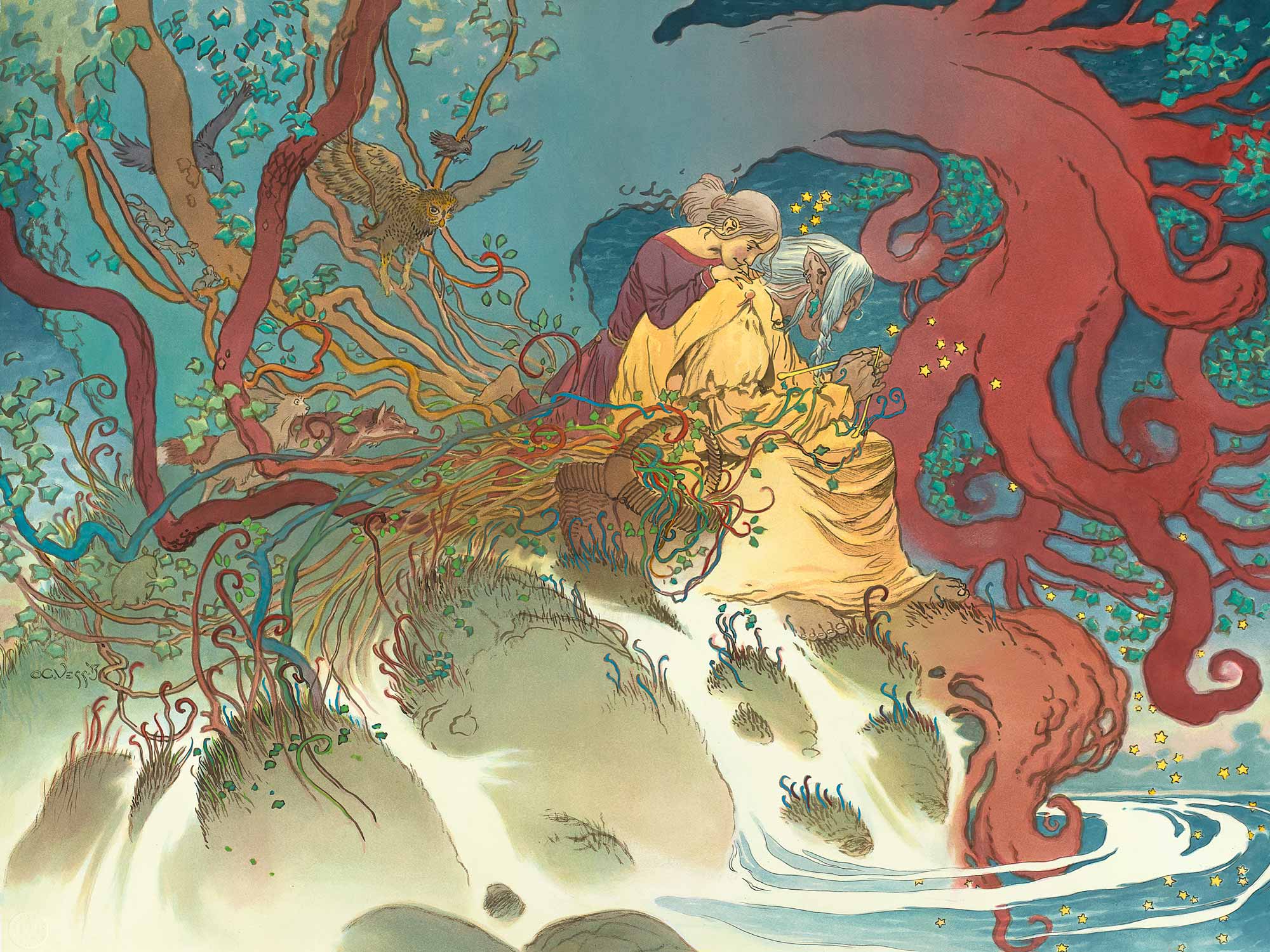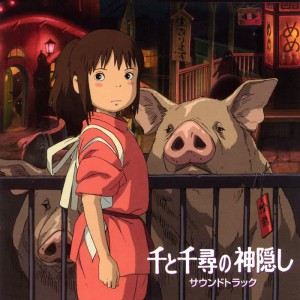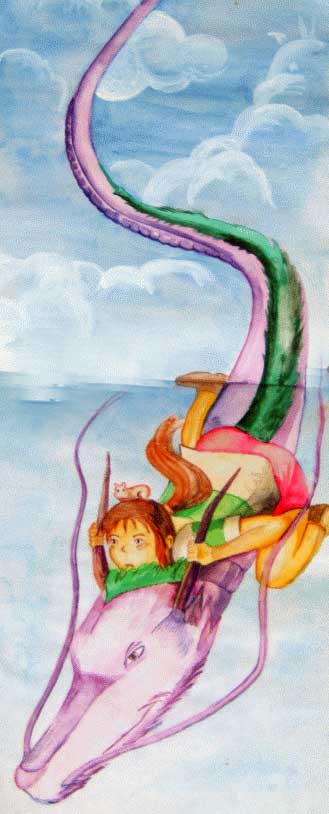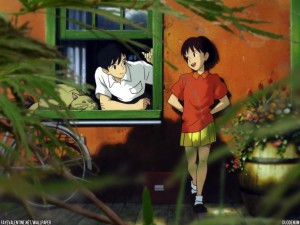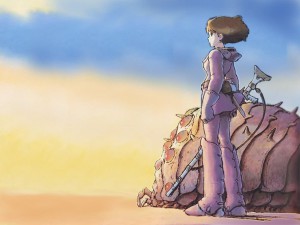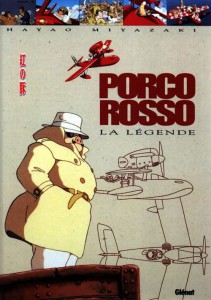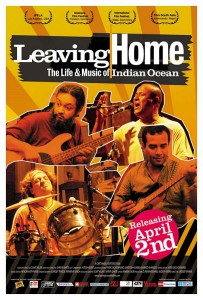True story.
Around 2001 or so, I heard rumblings about a Japanese film called Sen To Chihiro No Kamikakushi. It was not quite the pre-Internet era, just the time when you would pay through your nose to browse. But the illustrations I saw in those few stray magazines were good enough for me to go look for more information online (text-only, of course, for faster browsing). So I read all I could about Sen To Chihiro. This was years before Japan really got into my skin, but I was enthused. Happy that something non-Disney was getting recognition around the world.
Then someone mentioned a new animated movie that was coming out. Something so good that it had even been nominated for the Oscars. I was a little miffed at this. How can something as good as Sen To Chihiro be overlooked in favor of something with a name as bland as Spirited Away? Never mind that I had not seen either film, I was just taken aback at the injustice of it all. This may sound ridiculous now. (Sure does to me) It was some time before I realized that the two movies were the same. Oh well, so it goes.
I passed on the dubbed screening of Spirited Away a few days ago, opting instead to go for the Japanese version two nights ago, at the Egyptian. And I have arrived at the conclusion that Spirited Away is a flawless film.
I had a conversation with a friend a few hours before watching it. She found the film too dark – I disagreed. No denying that there are moments of darkness in the film, but nothing more than most children’s literature, where the oft-used plot pivot (as I had talked about in my review of Kazu Kibuishi’s Amulet) is the loss of family, probably the only primal fear that a child has. The scene where Chihiro’s parents undergo their transformation, therefore, is visceral. Their squeals are like fingernails clawing on a blackboard, and her shriek of horror is terrifying. Another scene that creeps me out is when we hear Yubaba’s raspy voice for the first time along with a closeup of her lips, calling Chihiro into her inner chambers. Brrr.
But every serious moment in the film has its counterpoint, every note of menace balanced by an undercurrent of humor that unknots your stomach. The malevolent sorceress becoming a whimpering bundle of maternal concern in the middle of a conversation about skinning this impudent little human girl defuses the tension in an instant. Once you realize that the villains are not as omnipotent as they seem, that rules govern this magical world, you relax a bit. Chihiro’s parents aren’t going to turn into bacon, and the little girl will find a way.
Is Chihiro the perfect Miyazaki heroine? I find the character refreshing, sans pretension or the mores and genre responsibilities thrust upon other Ghibli heroines. Chihiro is grumpy, scared, out of her depth. And yet, despite moments of weakness, she copes. She demonstrates remarkable levels of ingenuity and spunk, be it when facing down the sorceress Yubaba or dealing with stinky river gods. She finds untapped veins of courage in herself when wanting to make amends for Haku’s transgression. Now that’s a heroine for you. The way she is animated is unreal – observe the way she petulantly hops from one foot to the other, whining at her parents to hurry up. Or the careful manner her feet make their way down the tall stairs down to the steam room.
It goes without saying that all the Ghibli films boast of exquisite visual palettes. Spirited Away takes this design opulence and cranks it all the way up to one hundred and eleven. The bath-house of eight million gods is inhabited by the most curious characters, the human-looking ones characterized by extra-large heads and a distinctive look, the non humans… The first time we see the non-human guests of this otherworldly resting place, they are blurry blobs. Then they materialize out of nothingness, charcoal-grey misty forms coalescing into a procession of monsters, spirits and kami of various shapes, sizes and emotional dispositions. Every single one of them feels made of a million stories.
And that, to me, enhances the experience of a Miyazaki story. There are no helpful sign-posts telling us what to expect out of these characters or what archetypes they represent. We do not know who No-Face is, or what attracts him to Chihiro when he (she? It?) feels her human presence on the bridge. There is absolutely nothing we know about the three bouncy heads in Yubaba’s boudoir – other than that they bounce, and that they like to eat, when they get a chance. It is a wonderful universe, this Other Realm, and it’s gratifying to know that we will perhaps never know all these stories. We won’t, but that does not mean they never happened. Wouldn’t a lesser film-maker have succumbed to the temptation of leaving a stray wink at the audience, maybe a fleeting glimpse of a beloved forest-god with a leafy umbrella, or a deer that walks on water? Hell, I would pay money to see a whole movie starring the soot creatures and Kamaji in the boiler room. Or the adventures of miniature Bo and bird-Baba, squeaking their way through this wonderland.
The main piano theme that opens the film is probably my favorite Hisaishi composition for Studio Ghibli. Though I find the first few minutes of the film undeserving of the background score that plays, the music a little too overbearing for the proceedings. Probably because I dislike Chihiro’s parents as much as humanly possible. The orchestral violins in the soundtrack rise slow, sweeping into a crescendo as Chihiro gets more and more agitated and as the world changes, . There are the playful chirps and twangs that Hisaishi employs, motifs for different characters. A dream-team, the director and his composer!
A few last memories – the scenes in the evening, where we see lights and lanterns being lit slowly. The unending stretches of water, and the sound of the train moving through it. And the sound of crickets.
If there’s an afterlife, I want it to be like a Miyazaki film.
Once upon a time, when I felt like it, I would paint. And I painted this for a dear friend. I was especially happy with the Totoro cameo.
